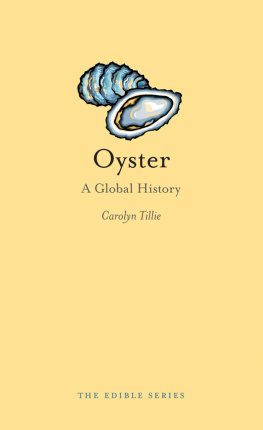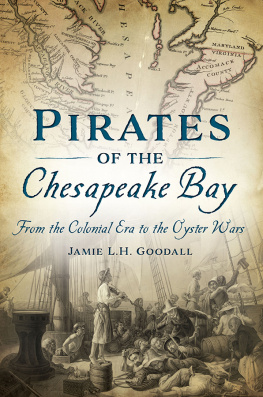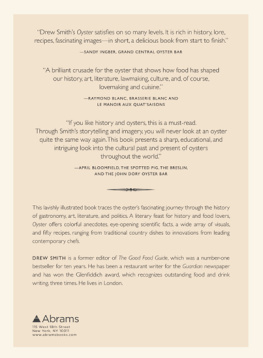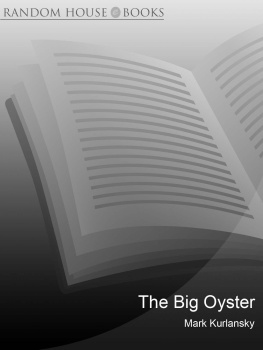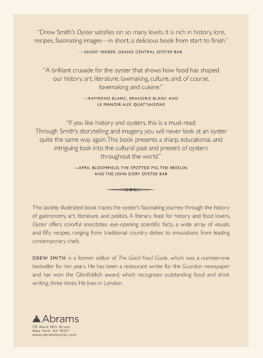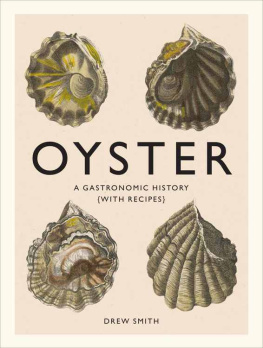Merv
the Worlds Largest Oyster
The Merimbula Oyster Festival Monument

Gary W. Selman

Shadowlands Publishing
Australia
C opyright 2019 by Gary W. Selman
All rights reserved. No part of this book may be used or reproduced, distributed, or transmitted in any form or by any means, including photocopying, recording, or other electronic or mechanical methods without the prior written permission of the publisher except for private study, research, or critical reviews.
Published by Shadowlands Publishing, Merimbula, NSW 2548, Australia
www.shadowlandspublishing.com
Cover design by Shadowlands Publishing
Cover art by the author and
iStockphoto.com/825722758/Wisaad
1981 Merimbula Oyster Festival Supplement, Bega District News and Imlay Magnet /Logo
Interior images:
iStockphoto.com/825722758/Wisaad
1981 Merimbula Oyster Festival Supplement, Bega District News and Imlay Magnet /Logo
National Library of Australia Cataloguing-in-Publication Entry
Selman, Gary W.
Merv the Worlds Largest Oyster: The Merimbula Oyster Festival Monument
eBook ISBN 978-0-6483266-7-0
Book ISBN 978-0-6483266-6-3
Contents
List of Tables, Maps, Images and Photographs
T ables
1.1
1.2
Maps
7.1
7.2
7.3
Images
2.1
3.1
6.1
6.2
6.3
8.1
9.1
Photographs
1.1
1.2
2.1
2.2
3.1
3.2
3.3
3.4
3.5
3.6
3.7
3.8
3.9
3.10
3.11
3.12
3.13
3.14
3.15
3.16
3.17
3.18
3.19
3.20
3.21
4.1
4.2
4.3
4.4
6.1
6.2
6.3
6.4
6.5
6.6
6.7
6.8
6.9
6.10
6.11
6.12
6.13
6.14
6.15
6.16
6.17
6.18
6.19
7.1
7.2
8.1
8.2
8.3
8.4
8.5
8.6
8.7
8.8
8.9
8.10
8.11
8.12
8.13
8.14
9.1
9.2
10.1
10.2
10.3
T he oyster industry has been an important component of Merimbulas livelihood since the 1920s but for eons before that the shellfish had been a staple in the diet of the Aboriginal people. Middens in the area attest to the feasting which took place during seasonal migrations to the coast and have been dated back over 3,000 years.
The place of the oyster in the European diet has changed over the centuries, as have the methods of farming this delicacy and the distribution of the product to consumers. The industry has also found a niche in tourism and the Merimbula Oyster Festivals celebrated all these aspects.
Gary Selman had the insight to realise that these festivals were also an important feature of the areas social life and, as we prepared to celebrate the 40th anniversary of the first festival, understood that the information about the festivals was in danger of being lost as there was no written record of the people involved or the activities undertaken. There is the misconception that history concerns events which happened before living memory, but we make history every day so it is important to retain the details that can be passed on to future generations. By making Merv the pivotal subject of this book, Gary has woven the story of the Oyster Festivals into the fabric of Merimbulas communal history and acknowledged the contributions of the people who staged the events.
Gary Selman has had an interest in the history of the local area since moving to Merimbula in 2004 and his academic qualifications have given him a solid grounding for his painstaking research. He has interviewed people who were involved in both the oyster and tourism industries over the past 40 years and accessed original source material on which he has based his account of the Merimbula Oyster Festival Monument and the Oyster Festivals it commemorates.
He is to be congratulated for his dedication and scholarship and the Merimbula-Imlay Historical Society is grateful for his contribution to the written record of the areas history, as well as for his ongoing practical support of the running of the Society and the Old School Museum.
Shirley Bazley OAM
Honorary Secretary
Merimbula-Imlay Historical Society Inc.
Merimbula NSW Australia
I would like to thank all the kind people who helped me in my research which has resulted in this book. Special thanks and appreciation must go to the Merimbula Oyster Festival Committee members Susan Stephenson (formerly Susan Fane), Conrad de Zwart and Glenn Cox, and the first Merimbula Oyster King Stan Delle Vergin.
Access to the records and artefacts held by Merimbula-Imlay Historical Society, Bega Valley Genealogy Society and Eden Killer Whale Museum was of such great benefit that I am deeply indebted to them.
I must also thank Dr Andrew Piper, Lecturer in the School of Humanities at the University of New England, Armidale, who was my supervisor for the research essay that led to this book. He was so generous with his time and knowledge, not only on that occasion, but throughout my time as a student and on my visits to the University.
Without the support of my wonderful wife Kerry, none of this would have happened. Her encouragement during my studies was invaluable, as is her attitude the only other alternative is, although sometimes the alternatives seem to be endless. Thank you so much.
G.W.S.
Next page

